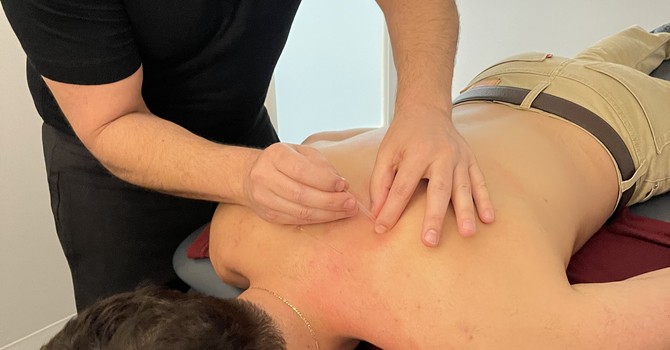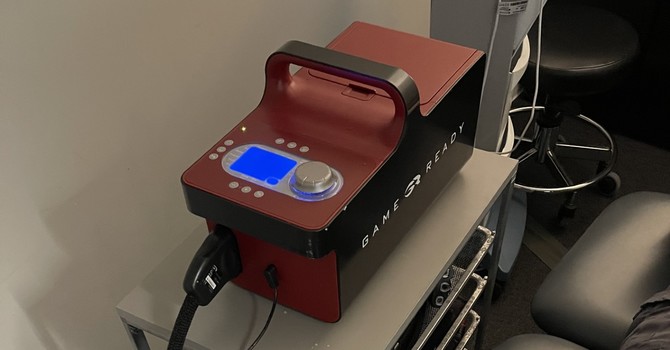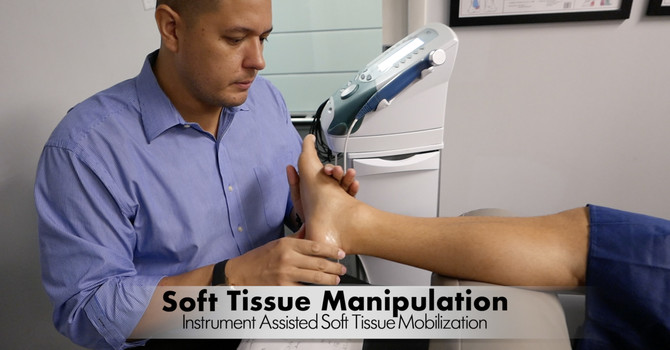
Patellar tendonitis, commonly referred to as jumper's knee, is an inflammation of the patellar tendon—a strong, fibrous cord of tissue that connects the quadriceps muscles to the patella (kneecap). This tendon plays a critical role in knee extension and hip flexion, making it essential for activities that involve jumping and quick, explosive movements.
Athletes who engage in sports like volleyball, basketball, and handball are particularly prone to developing patellar tendonitis due to the repetitive stress placed on the tendon during jumping and landing. Poor muscle contraction, compensatory movement patterns, and muscle weakness can all contribute to the onset of this condition.
What is Patellar Tendonitis?
Patellar tendonitis is characterized by inflammation and microtears in the patellar tendon, which can cause significant pain and discomfort, particularly during activities that require knee extension. The condition is often the result of overuse, where repetitive strain leads to tiny tears in the tendon, prompting an inflammatory response.
The quadriceps muscle group, composed of four muscles (rectus femoris, vastus lateralis, vastus medialis, and vastus intermedius), converges into the patellar tendon. This tendon then attaches to the patella, which acts as an anchor, facilitating knee extension and hip flexion when the quadriceps contract. When the patellar tendon is inflamed, it can severely limit an athlete’s ability to perform, making early intervention and treatment crucial.
Who is at Risk?
Patellar tendonitis primarily affects athletes who participate in sports involving frequent jumping or rapid changes in direction. Sports like volleyball, basketball, and handball place repeated stress on the patellar tendon, making athletes in these disciplines especially vulnerable.
However, patellar tendonitis is not limited to professional athletes. Recreational athletes and individuals who suddenly increase the intensity or frequency of their physical activity can also develop this condition. Poor biomechanics, muscle imbalances, and inadequate warm-up routines further elevate the risk.
Symptoms of Patellar Tendonitis
The symptoms of patellar tendonitis typically develop gradually and may include:
- Pain and tenderness just below the kneecap: This pain often worsens with activity, especially those involving jumping or squatting.
- Stiffness in the knee: The knee may feel stiff, particularly after periods of inactivity or early in the morning.
- Swelling around the patellar tendon: Inflammation may cause noticeable swelling in the affected area.
- Weakness or a feeling of giving way: The knee might feel unstable or weak, particularly during weight-bearing activities.
- Pain during or after exercise: Pain often intensifies after physical activity or the day after a strenuous workout.
Diagnosis and Initial Management
If you suspect you have patellar tendonitis, it’s essential to seek a professional evaluation from a physical therapist (PT) or chiropractor. They will perform a thorough examination, which may include palpation of the tendon, assessment of your range of motion, and functional movement tests. In some cases, imaging studies such as an ultrasound or MRI may be recommended to assess the extent of tendon damage.
Immediate management strategies for patellar tendonitis include:
- Cryotherapy (Cold Therapy): Applying ice to the affected area can help reduce inflammation and numb pain.
- Activity Modification: Reducing or modifying activities that exacerbate symptoms is crucial to prevent further tendon damage.
- Gait Assessment: A thorough analysis of your walking and running patterns can identify biomechanical issues contributing to the condition.
Treatment Options for Patellar Tendonitis
Physical therapy is the cornerstone of patellar tendonitis treatment. A well-designed rehabilitation program focuses on reducing pain, restoring function, and preventing future injuries. Key components of an effective treatment plan include:
- Manual Therapy: Hands-on techniques such as massage and mobilization can help reduce pain, improve circulation, and promote tendon healing.
- Electrical Stimulation: This modality can be used to alleviate pain and facilitate muscle contraction, aiding in tendon recovery.
- Acupuncture: Acupuncture may be employed to reduce pain and inflammation, providing a complementary approach to conventional treatments.
- Home Exercise Program: Your PT will likely provide a customized exercise regimen designed to strengthen the quadriceps, improve flexibility, and enhance proprioception (the body’s ability to sense joint position).
Rehabilitation and Prevention
Rehabilitation from patellar tendonitis focuses on gradually increasing the strength and flexibility of the quadriceps and surrounding muscles. As pain decreases, exercises to improve knee stability and function become increasingly important. Plyometric exercises and sport-specific drills are often introduced as the final stage of rehabilitation, helping athletes safely return to their sport.
Preventing patellar tendonitis involves maintaining strong, flexible muscles around the knee, ensuring proper warm-up and cool-down routines, and avoiding sudden increases in activity intensity. Regularly incorporating stretching and strengthening exercises into your fitness routine can significantly reduce the risk of developing this condition.
Patellar tendonitis is a common but manageable condition, particularly for athletes and active individuals. Early diagnosis and a structured treatment plan that includes physical therapy, activity modification, and a home exercise program are essential for a full recovery. By addressing the underlying causes and implementing preventative strategies, you can return to your activities stronger and more resilient.
If you’re experiencing symptoms of patellar tendonitis, don’t hesitate to schedule an evaluation with a qualified physical therapist or chiropractor. With the right treatment, you can overcome this condition and get back to the activities you love.


